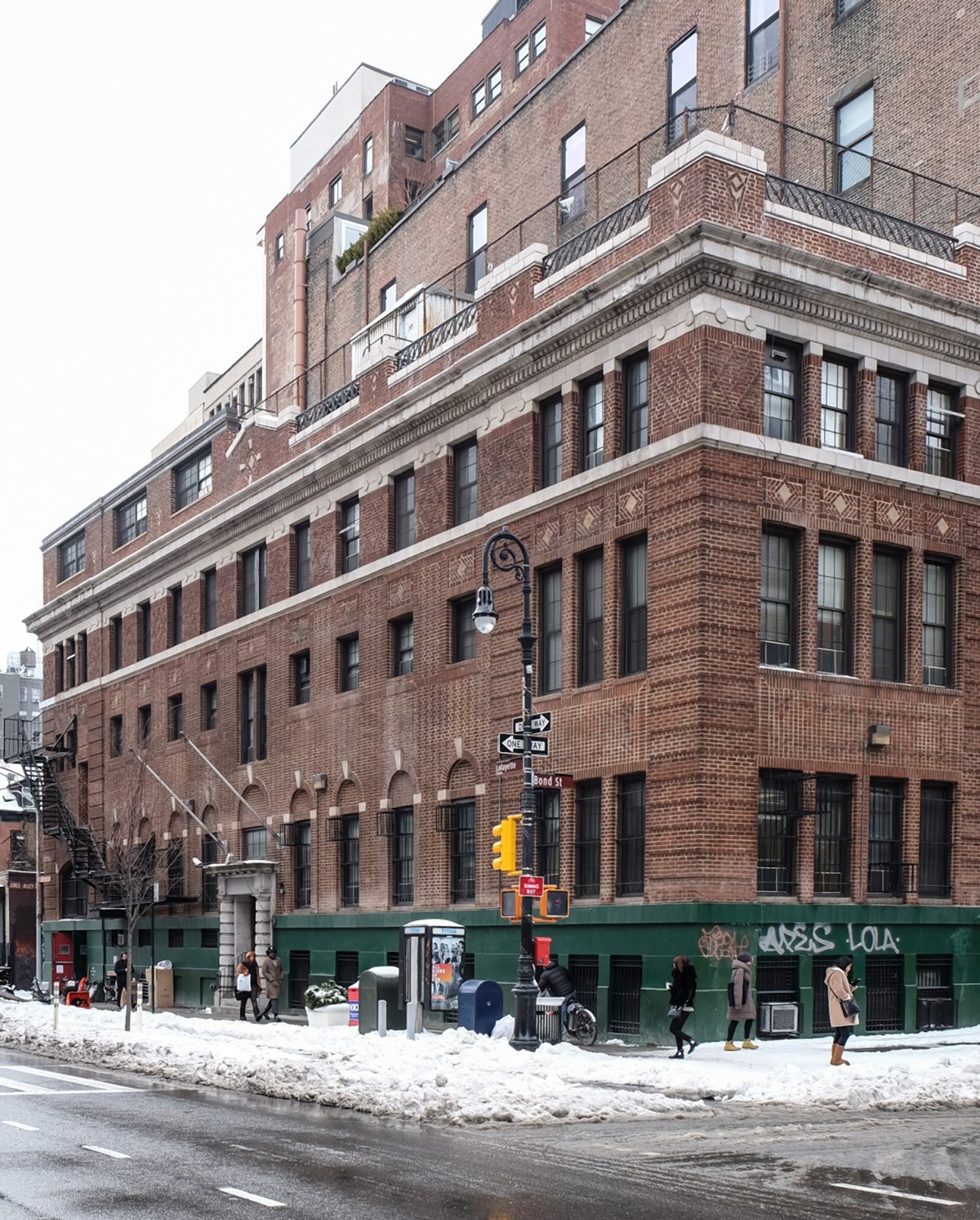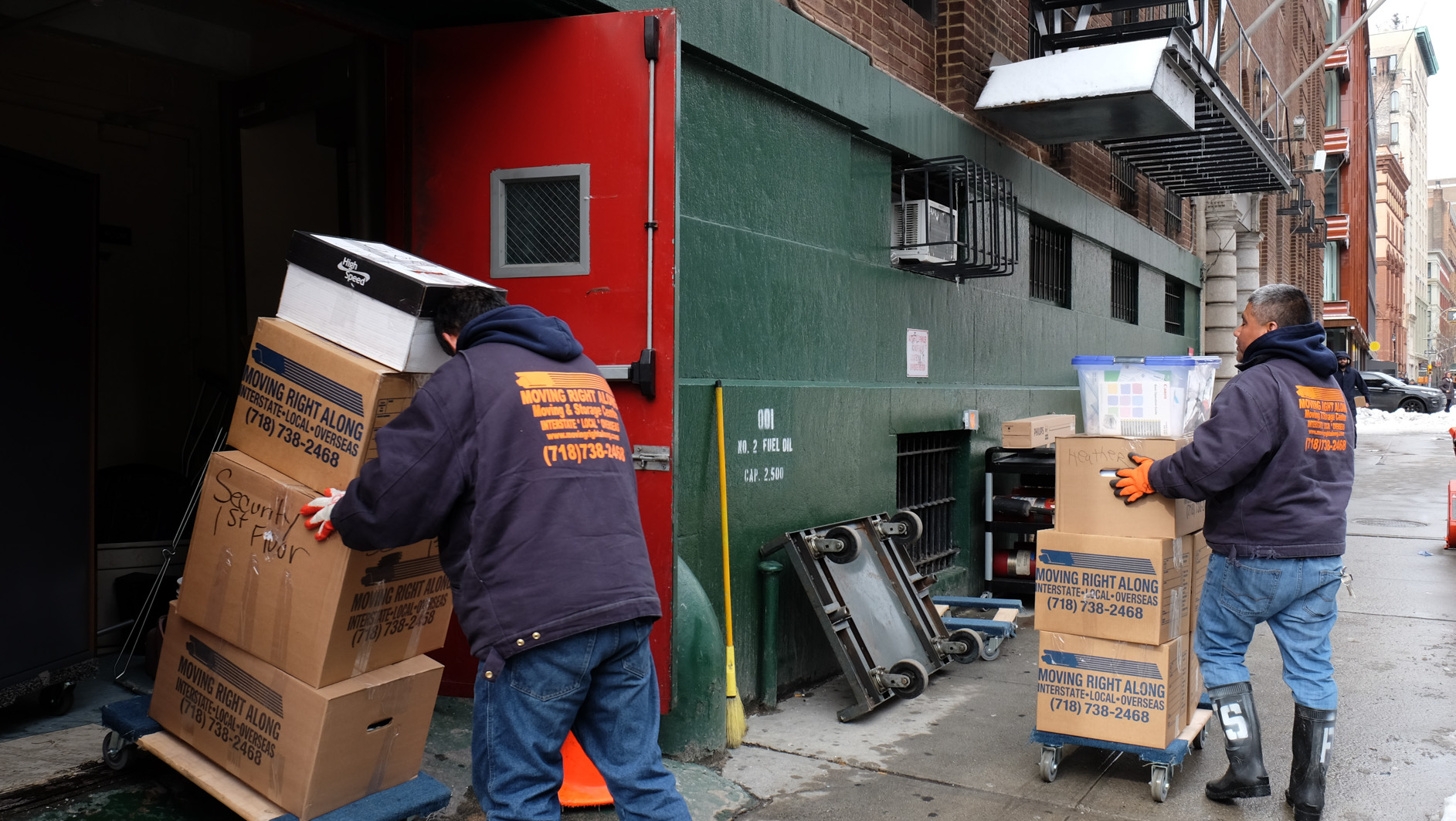
BY DENNIS LYNCH | A mayoral decree together with the City Council’s potential revision of a decades-old policy could mean that the city will look to site homeless shelters in the West Village, Greenwich Village, Soho and Noho.
Mayor Bill de Blasio announced two weeks ago that he wanted to open 90 new shelters citywide over the next five years and do away with the “cluster sites” approach that houses people in hotels and apartments. He said that the city will look to open these shelters in neighborhoods based proportionally on where people entering the system last lived.
Just 32 people who listed their last address in Community Board 2 (which covers the above neighborhoods) were in the shelter system as of October 2016, according to the Department of Homeless Services. However, the Council is also mulling a policy to spread shelters around more equitably under a revision of the city’s “Fair Share” policy.
A February City Council report on Fair Share stated that “we would not allow local opposition (or increased cost) to prevent communities from getting their Fair Share of firehouses or schools… . We should not allow these to be the reason for failing to fairly site shelters.”
The Fair Share report does not explicitly say that the city should build more shelters in District 2. But the Council legislation is “inherently about fairly distributing facilities and services,” according to a spokesperson for Councilmember Brad Lander, the bill’s co-sponsor. And the disparity in the number of beds compared to neighboring districts suggests that C.B. 2 would be a candidate for more.
The most recent D.H.S. data show that there are 43 beds in one facility in District 2, the lowest number of beds in any district in Manhattan. That figure is dwarfed by neighboring districts, which provide between 7.8 and 25 times the number of beds that District 2 provides, besides Community Board 1 (Lower Manhattan), which provides 50 beds.
However, there are actually now zero beds in C.B. 2 following a women’s shelter just having moved out of its longtime home at 350 Lafayette St. The Noho building’s new owner plans to bring in high-end retail to fill the space.
“The shelter is vacating today and tomorrow,” Noho activist Zella Jones said. “We expect them to be out of the space by the weekend. The new location is at 174 Prospect Place in Brooklyn.”
Community Board 4 (Chelsea and Hell’s Kitchen) currently provides the most shelter beds of any Downtown Manhattan district, at just under 1,100. Board 3 (East Village) provides 1,092 beds. The shelters in those districts were considerably overcrowded when D.H.S. collected that data: There is only one bed per every two homeless individuals in the system in Chelsea and Hell’s Kitchen, the most overcrowded of the four Downtown districts. Combined, there were 1,332 more people staying in those shelters in Boards 3 and 4, plus Board 5 (Union Square, Flatiron District, Central Park South) than they were designed to house.
The Village’s Board 2 also provides proportionally fewer beds per entrants (persons who listed their last known address there) than its neighbors: District 2 provides 1.34 beds for every homeless individual that enters the system, compared to 1.36 for the East Village’s Board 3, 1.72 in Chelsea / Hell’s Kitchen’s District 4, and 1.5 in District 5 (Union Square / Midtown).

A D.H.S. spokesperson said the reason for this disparity is that historically the city has sited shelters where space was available. The city has an open Request for Proposals (R.F.P.) for shelter sites for providers to apply to, and the majority of shelter sites have come from those proposals; so siting decisions weren’t necessarily made from the top down.
Community Board 2 does not have a general policy about siting shelters within the district, according to its chairperson, Terri Cude. However, the main concern is community notification and involvement, she stressed.
“It’s so important that the community be part of any siting process from very early on, and that all aspects of proposals be fully vetted and understood by all,” Cude said. She added that open dialogue between the community and any shelter operator was critical.
“I would hope that any shelter sited in our district would be run by excellent operators with a net result of fewer persons on the street because they’re getting the services needed to transition into permanent housing,” Cude said. “The operator would need to provide a direct line of communication with the community, so any emerging problems can be addressed immediately.”
It’s not surprising that relatively few shelters have been opened in Board 2. Vacant sites are rare and, in general, property is at a premium. The zip codes that make up the district are among the most expensive in the entire state. Zip code 10012, covering Greenwich Village and Soho, is the second-most expensive in the state — based on home sale prices — just barely behind a zip code in the Hamptons, according to Investopedia.
City Councilmember Corey Johnson, who represents the Village, Chelsea and Hell’s Kitchen, is one of Lander’s co-sponsors on the Fair Share bill. When asked if the policy would mean that more homeless shelters would come to Board 2, Johnson said, in a statement, that the initiative is not narrowly focused, and is about “transparency,” among other things.
“Nobody is going into this process with preconceived notions about where the next shelter should be located. That’s not what this is about,” he stressed. “More than anything else, this is about ensuring that we use sound, fair and transparent criteria when we’re placing a school or a shelter or a park.
“In part, we need to make sure that one community isn’t oversaturated,” he said. “But there’s much more to be factored in, and that’s why we should constantly be reviewing our methodology and keeping it up to the highest standards of fairness.”
Johnson said that Fair Share is also what is responsible for the siting of city parks, for example, and that his Council district notably has fewer of them “than almost anywhere in the city.”
“So, improving our Fair Share practices will help us create more complete neighborhoods, with all of the public amenities and the public services that our city is expected to offer,” he said.
In fact, Community Board 2 would not necessarily be the first place the city would look to site shelters under the Fair Share policy. There are districts all around the city with fewer beds than Manhattan Board 2, and the number of people entering the shelter system in those areas far outweighs the number of beds those districts provide. Staten Island, for example, has the biggest disparity: As of last October, 1,871 people were in the system in that borough, but only one shelter there provides just 46 beds. Altogether there are seven districts citywide that provide exactly zero shelter beds, but from which nearly a combined total of 900 people were in the system, according to the D.H.S.
Just south of Board 2 in Lower Manhattan’s Board 1, there are only 50 homeless-shelter beds for the 429 people who were in the system there as of this past October. However, that one shelter in C.B. 1 was also housing twice as many people as the number of beds it was scheduled to have.
The future of shelters in C.B. 2 is largely dependent on whether the Council passes Johnson and Lander’s Fair Share legislation. Otherwise, the mayor’s plan of siting shelters in communities from which people enter the system would go into effect.
The Mayor’s Office said that the idea of housing homeless families and individuals in the districts in which they last lived is meant to disrupt their lives as little as possible; it allows children in these families in the system to remain at their schools without having to commute from shelters in other parts of the city, and allows the family as a whole to keep closer ties to their neighborhoods while in the system.

















